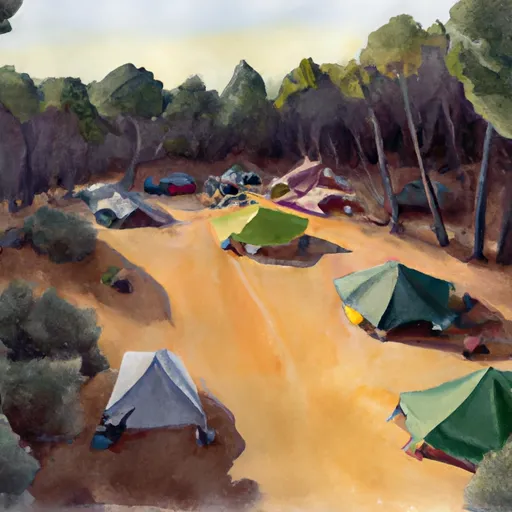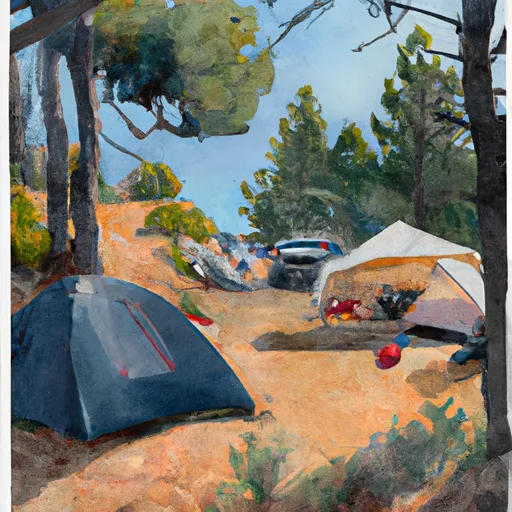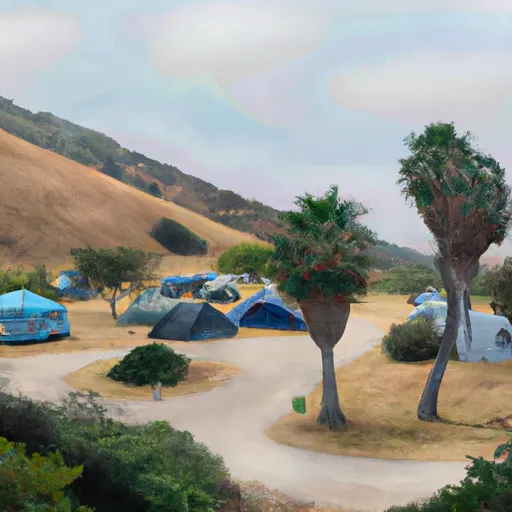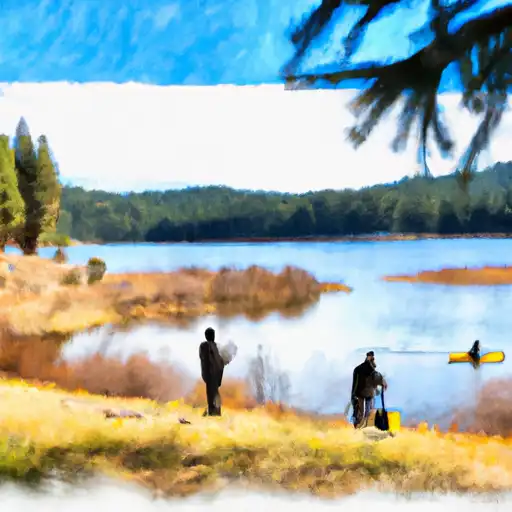2026-01-05T10:00:00-08:00
* WHAT...Heavy snow expected. Total snow accumulations up to 5 feet. Winds gusting as high as 45 mph. * WHERE...A portion of central California. * WHEN...From 1 AM Saturday to 10 AM PST Monday. * IMPACTS...Roads, and especially bridges and overpasses, will likely become slick and hazardous. Travel could be very difficult to impossible. The hazardous conditions could impact the Monday morning commute. Gusty winds could bring down tree branches.
Summary
Rising to an elevation of 14,026 feet, it is one of the tallest mountains in the region. The mountain's size is impressive, with a prominence of over 1,100 feet and a summit plateau that stretches for about 2 miles. Mount Langley is known for its accessibility, making it a popular destination for mountaineers and hikers.
During the winter season, Mount Langley experiences a significant snowpack. The depth of the snowpack varies each year, but it typically ranges from 6 to 10 feet. This accumulation of snow makes the mountain a great destination for winter sports enthusiasts, including backcountry skiing and snowboarding. The nearby Cottonwood Creek is one of the primary sources of runoff from Mount Langley. This creek runs along the eastern slope of the mountain and eventually joins the Kern River, providing water to surrounding areas.
In terms of its name, Mount Langley was named after Samuel Pierpont Langley, an American astronomer and physicist. The mountain was named in 1871 by the California Geological Survey. As for legends or lore associated with Mount Langley, there are no specific stories that have been widely documented. However, the mountain's beauty and challenging terrain have inspired many adventurers throughout history, creating a sense of awe and wonder for those who explore its slopes.

 Upper Rock Creek Lake Camp Area
Upper Rock Creek Lake Camp Area
 Lower Rock Creek Camp Area 2. 9,550ft. Bear Box.
Lower Rock Creek Camp Area 2. 9,550ft. Bear Box.
 Zigzag campsite (1 tent)
Zigzag campsite (1 tent)
 Dazzle campsite (5-7 tents)
Dazzle campsite (5-7 tents)
 Trail Camp
Trail Camp
 campsite m
campsite m
 Meysan Lake
Meysan Lake
 High Lake
High Lake
 Mirror Lake
Mirror Lake
 Camp Lake
Camp Lake
 Cottonwood Lakes
Cottonwood Lakes